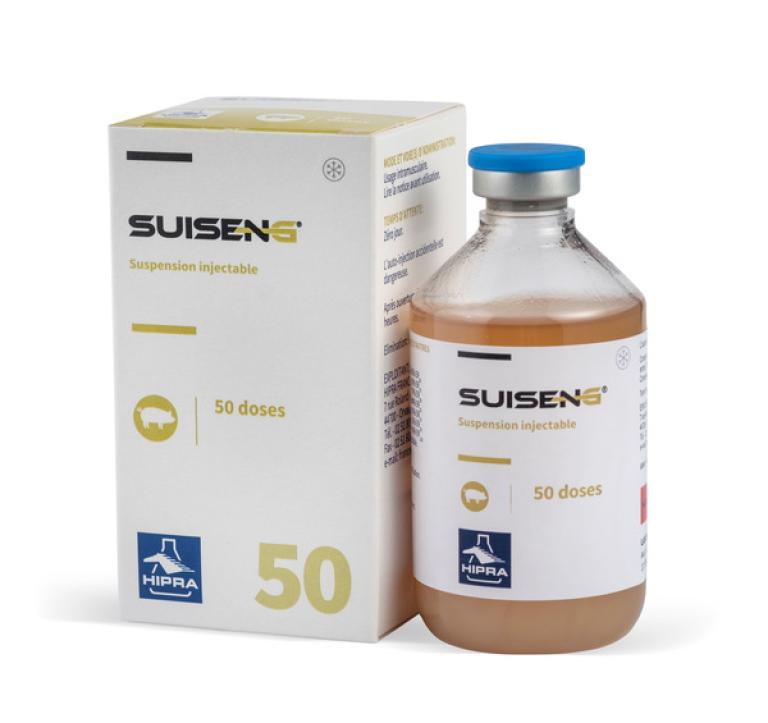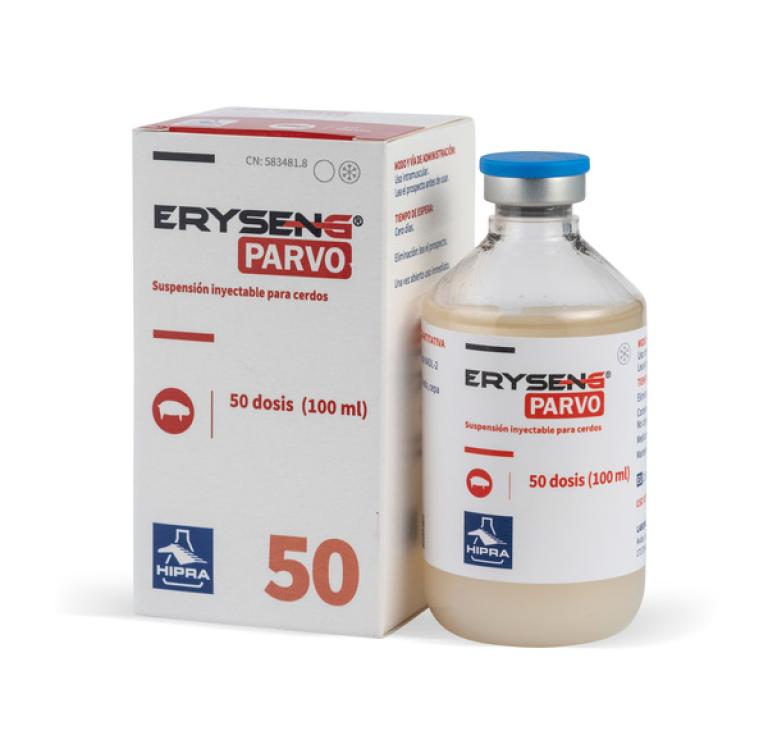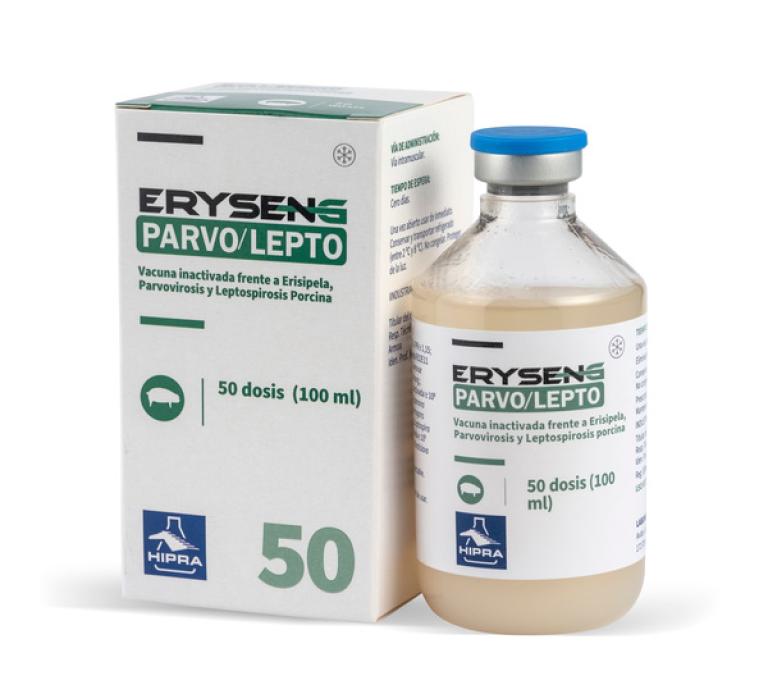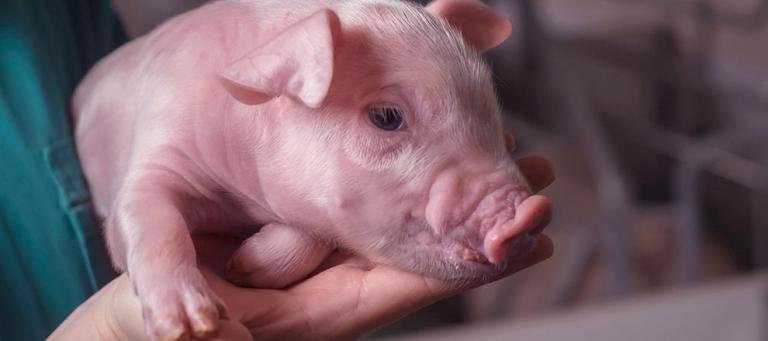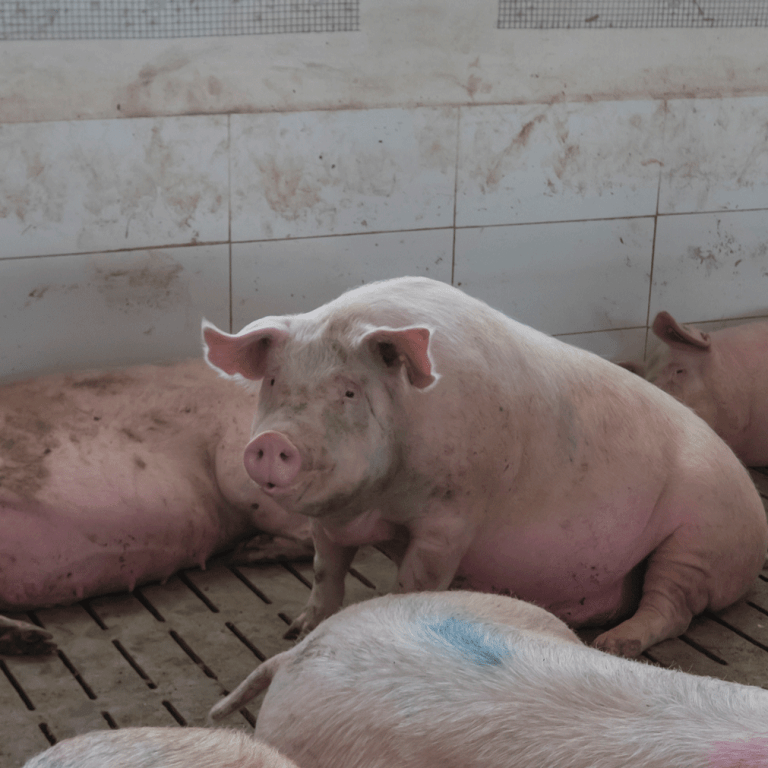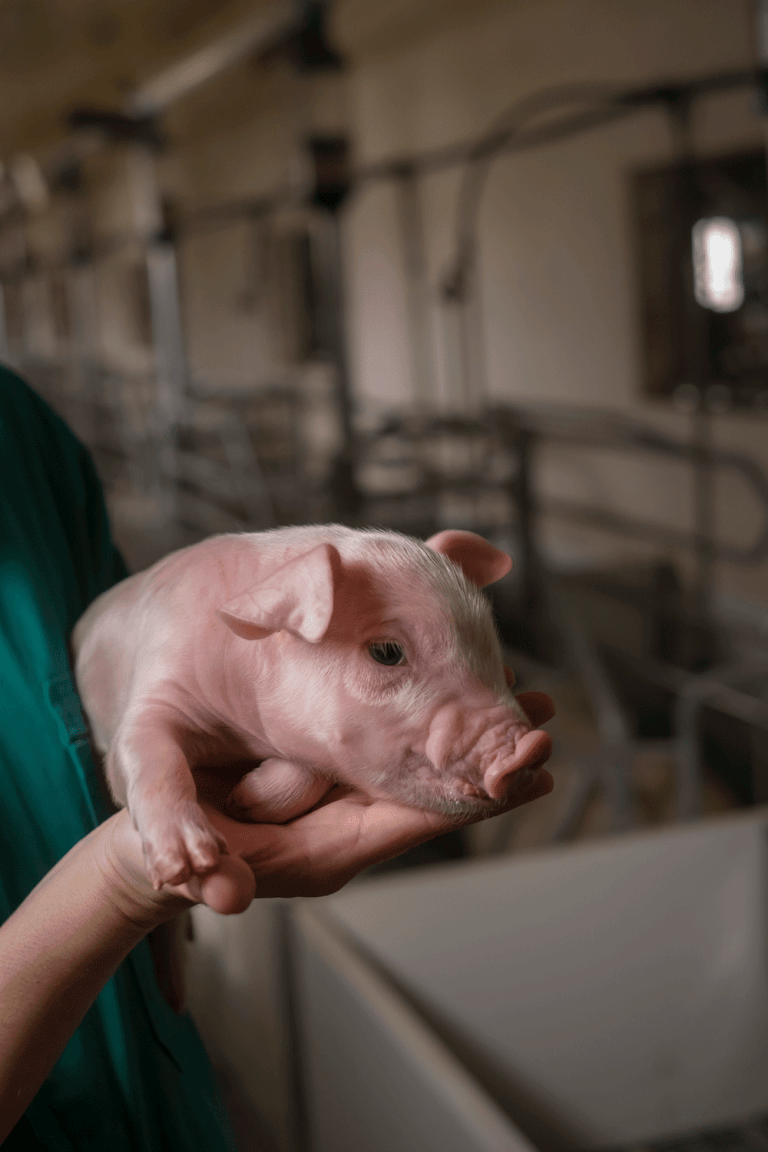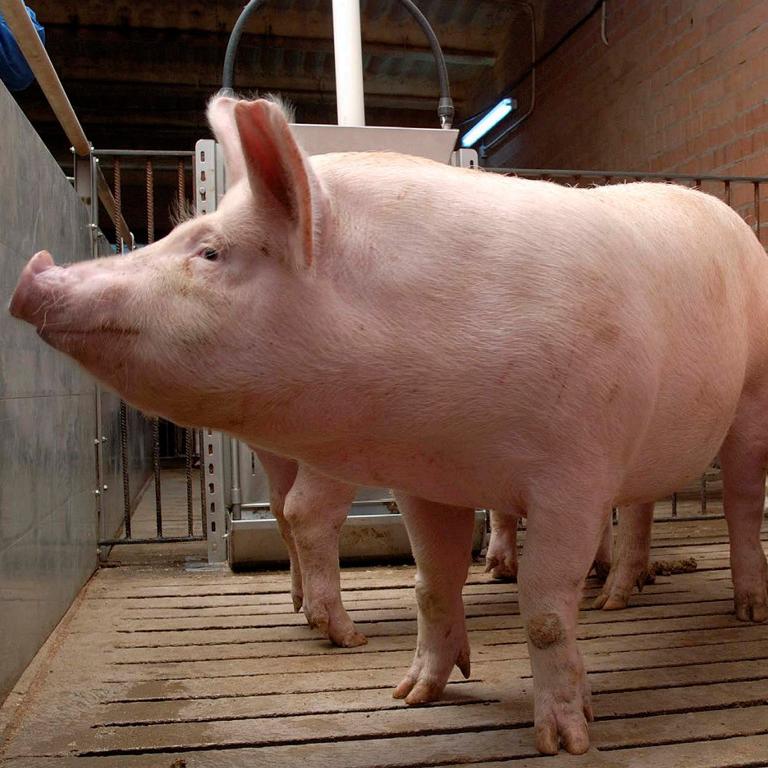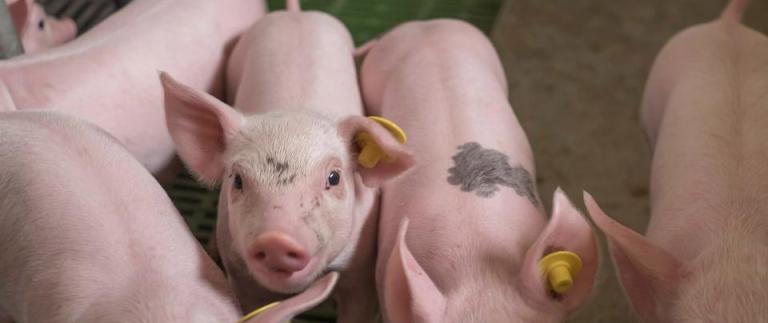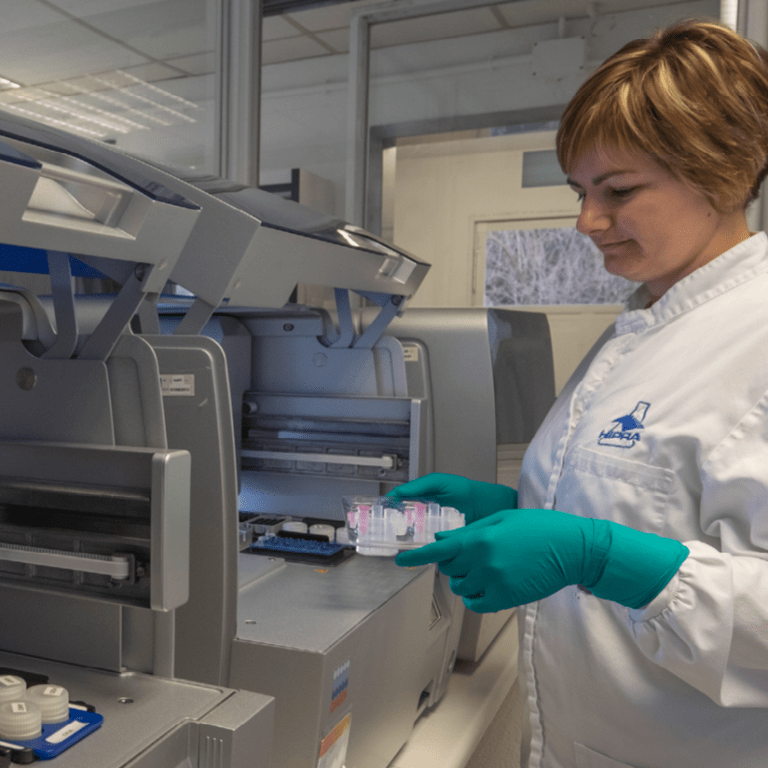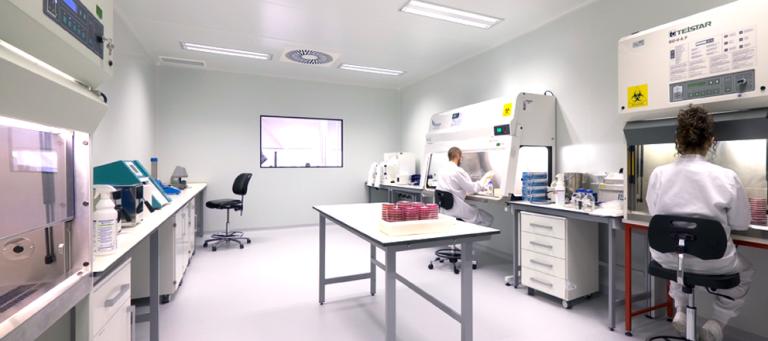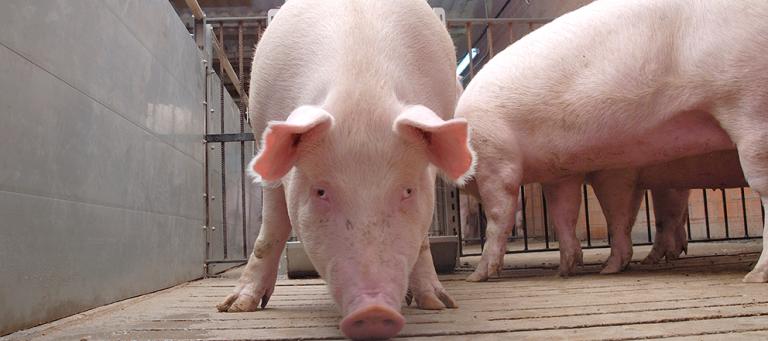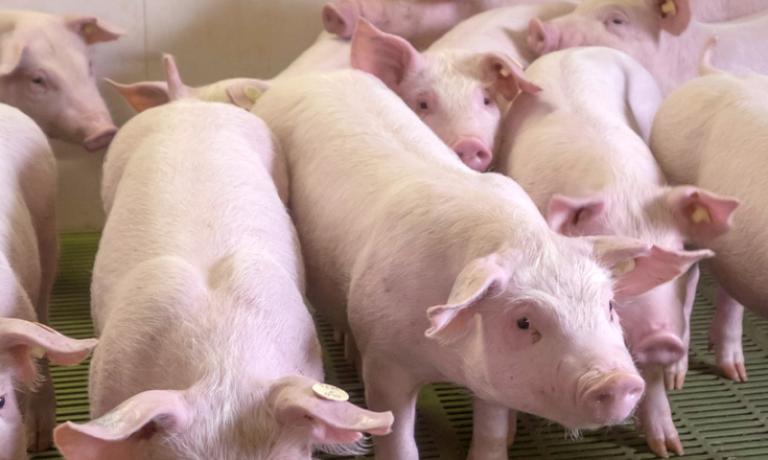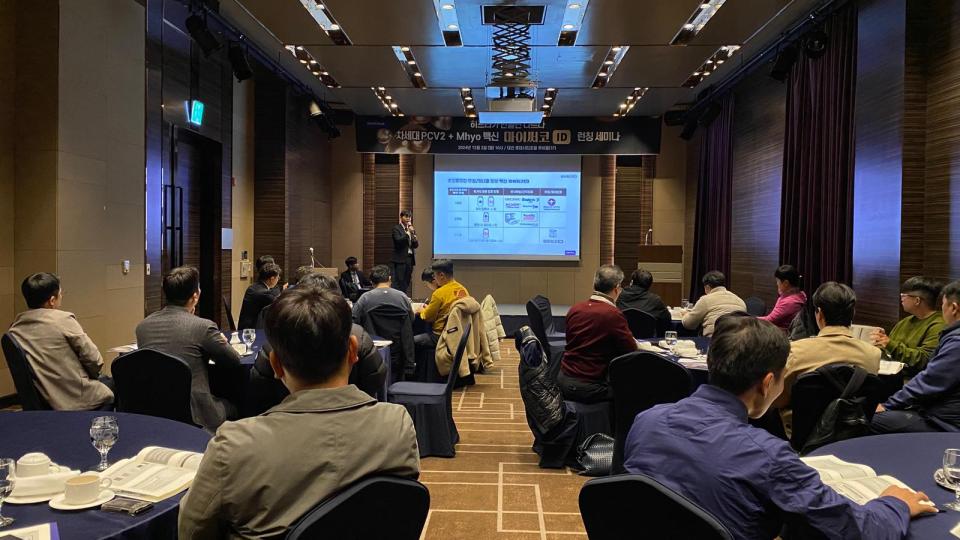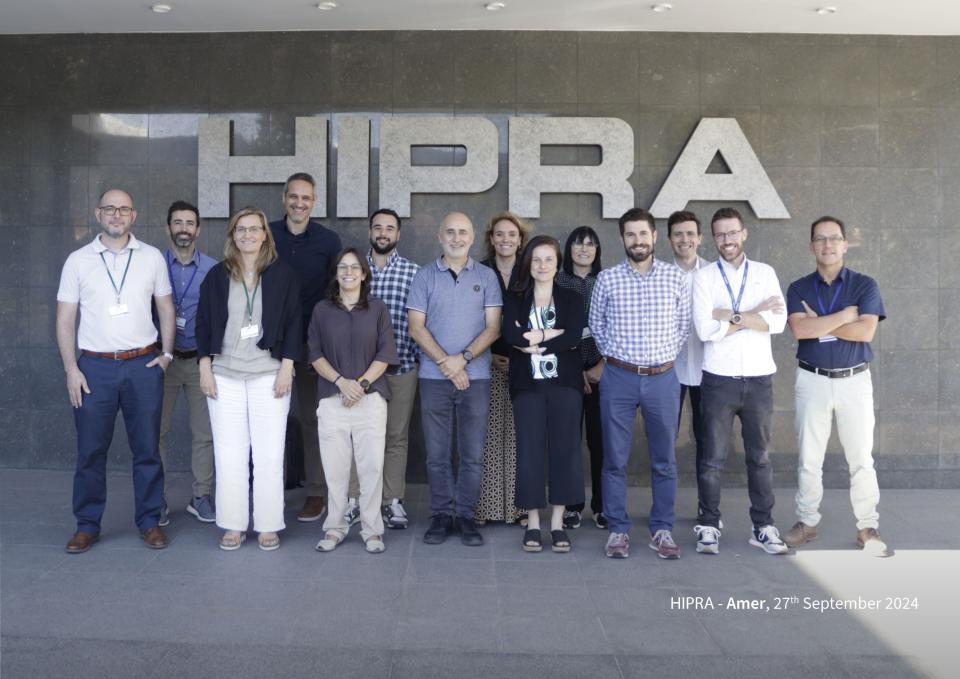1e. PCR Development: Novyicheck
Use of qPCR to evaluate the presence of Type B Clostridium novyi in sudden death sows and healthy sows
IPVS 2020
Valls, L.; Sánchez, A.; Sánchez-Matamoros, A.; Boix, O.; Maldonado, J.
The aim of this study was to adapt a Type B Clostridium novyi real time PCR (qPCR), as a tool to detect C. novyi in sows with and without suspected infection.
Type B Clostridium novyi causes porcine infectious necrotic hepatitis, inducing sudden death (SD) in breeding sows. Little is known about the epidemiology of the disease, and its diagnosis is controversial since C. novyi is considered to be a common and early postmortem
invader.
Because isolation of this bacterium is not always successful due to its strict anaerobic requirements, and autolysis is inherent to the necrotic liver, the identification of C. novyi by PCR is a valuable tool to provide an aetiologic diagnosis.
CONCLUSIONS AND DISCUSSION
The qPCR assay was successfully adapted and validated, demonstrating suitability for the specific detection of Type B C. novyi DNA in both fresh and desiccated specimens.
Additionally, results from this study demonstrate the usefulness of the FTA cards for room temperature transportation of complex biological samples such as necrotic liver in field cases of C. novyi-associated SD.
None of the samples, supposedly targets for C. novyi, such as the liver and rectal swabs from healthy sows, were found to be infected by this qPCR. These results differ from those reported in previously published studies dealing with this pathogen in pigs.
Specifically, the assumption that C. novyi is a normal inhabitant of the posterior gut and liver of healthy pigs, is not supported in this study, suggesting that type B C. novyi infection is not ubiquitous.
All in all, this study demonstrates that qPCR would considerably improve the diagnosis of C. novyi-associated SD in sows, and provides relevant information for the establishment of preventive measures such as vaccination.




